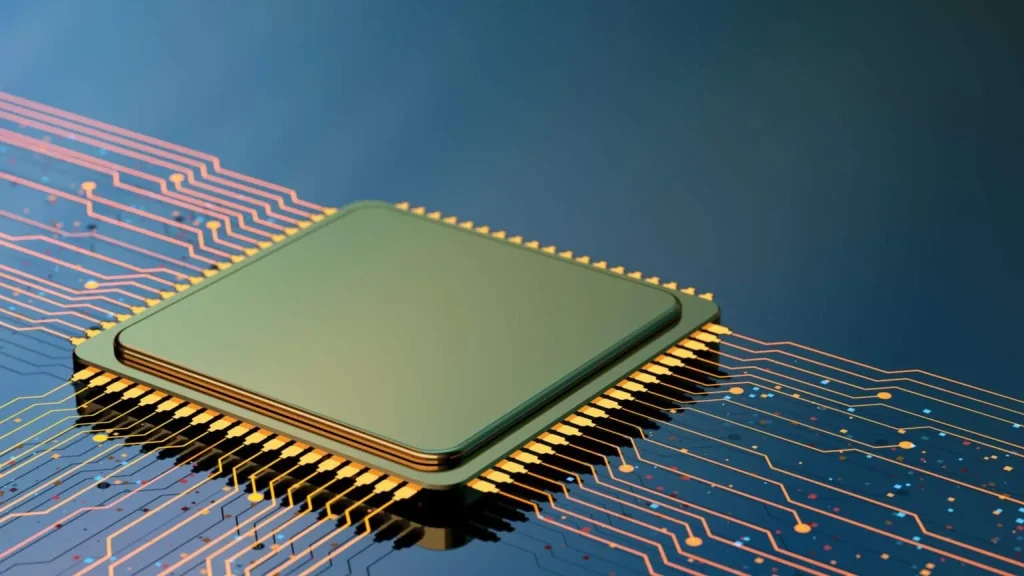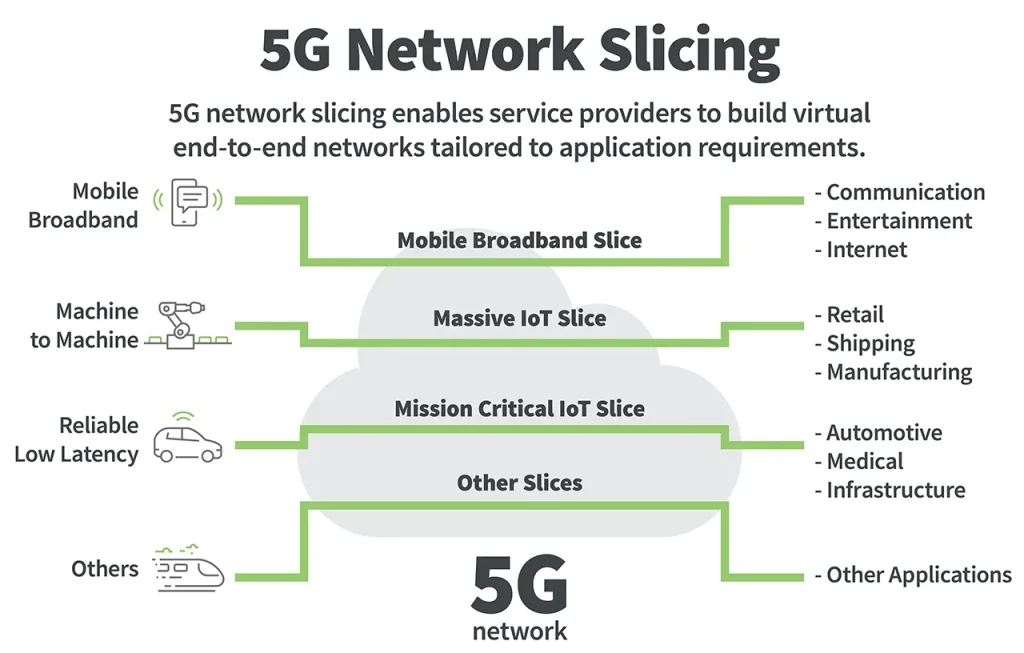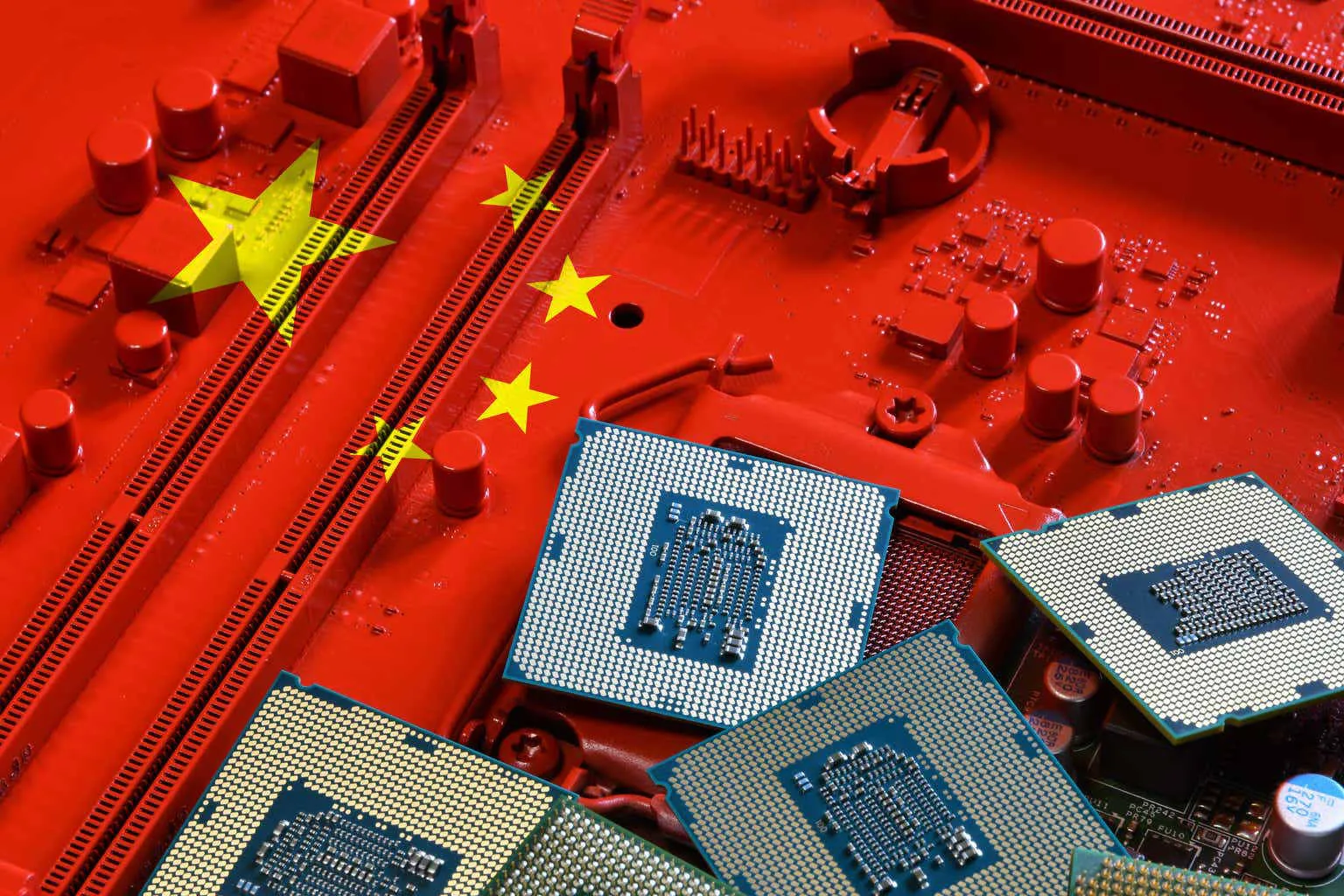Huawei’s Semiconductor Breakthroughs: What It Means for Global Tech
Huawei, one of China’s foremost technology giants, has recently announced significant breakthroughs in semiconductor technology, signaling a pivotal moment for the global tech ecosystem. The company’s advancements in chip design, fabrication processes, and supply chain resilience underscore its commitment to technological self-reliance while addressing the challenges posed by geopolitical constraints. These developments have far-reaching implications for industries ranging from telecommunications and consumer electronics to automotive and high-performance computing.

Strategic Context and Motivation
Huawei’s semiconductor initiatives are framed within a broader national strategy emphasizing technological autonomy and innovation leadership. In recent years, international trade restrictions and export controls have constrained access to advanced chip-making equipment and critical intellectual property. In response, Huawei has intensified its research and development efforts, focusing on proprietary designs, innovative packaging technologies, and partnerships with domestic semiconductor firms. This strategic emphasis aims to reduce dependence on foreign suppliers, enhance supply chain security, and maintain competitiveness in critical technology sectors.
Technical Achievements and Innovations
Huawei’s recent breakthroughs encompass multiple dimensions of semiconductor technology. First, the company has achieved notable progress in advanced process nodes, including sub-7nm designs, enabling higher transistor density, improved power efficiency, and enhanced performance for AI and computing applications. Second, Huawei has advanced in heterogeneous integration and chip packaging, combining multiple functional modules within a single package to optimize performance and reduce energy consumption. These technical achievements not only strengthen Huawei’s product portfolio but also demonstrate the maturation of domestic semiconductor capabilities in China.
Impact on Telecommunications and 5G Infrastructure
A key application area for Huawei’s semiconductor innovations is telecommunications, particularly 5G networks. Advanced chips enhance base station performance, signal processing, and network efficiency, facilitating faster, more reliable connectivity. By integrating these semiconductors into its 5G infrastructure solutions, Huawei enables telecom operators to deliver improved service quality while reducing operational costs. The company’s ability to develop high-performance chips domestically also mitigates supply chain risks, ensuring continuity in the deployment of next-generation communication networks across China and global markets.
Enterprise and Consumer Electronics Applications
Beyond telecommunications, Huawei’s semiconductor advancements have implications for enterprise solutions and consumer electronics. In servers, cloud computing platforms, and AI-enabled devices, the new chips offer increased computational power, energy efficiency, and scalability. For consumer electronics, including smartphones, tablets, and wearable devices, the breakthroughs translate into faster processing, improved graphics capabilities, and extended battery life. By integrating these innovations across product lines, Huawei strengthens its market position and enhances the competitiveness of Chinese technology offerings on the global stage.
Collaborations and Ecosystem Development
Huawei’s semiconductor strategy extends beyond internal development, encompassing strategic collaborations with domestic partners, research institutions, and manufacturing facilities. These collaborations focus on knowledge transfer, talent development, and co-innovation in areas such as chip design, fabrication, and testing. By fostering an ecosystem that combines corporate expertise, academic research, and industrial capabilities, Huawei accelerates the commercialization of new technologies and strengthens the domestic semiconductor supply chain. Such partnerships also facilitate iterative improvements and innovation scalability.
Global Market and Competitive Implications
Huawei’s progress in semiconductor technology reverberates across the global market. As the company introduces high-performance chips capable of supporting advanced AI, cloud computing, and telecommunications applications, competitors in the United States, Europe, South Korea, and Taiwan are compelled to adjust strategies to maintain technological parity. The advancements highlight China’s growing capacity to innovate independently and influence global technology standards. Multinational corporations monitor Huawei’s developments closely, evaluating potential impacts on supply chains, market share, and cross-border collaboration opportunities.
Challenges and Strategic Considerations
Despite these achievements, challenges persist in the semiconductor domain. Access to the most advanced fabrication equipment, intellectual property limitations, and the complexity of scaling production remain ongoing obstacles. Huawei must continue investing in R&D, talent development, and domestic ecosystem partnerships to sustain momentum. Additionally, navigating geopolitical uncertainties and regulatory constraints requires strategic agility, ensuring that innovations are both commercially viable and compliant with international standards.
Future Outlook and Industry Impact
Huawei’s semiconductor breakthroughs signal a transformative phase for the company and the broader technology sector. By enhancing domestic capabilities and developing advanced chips, Huawei positions itself as a resilient, innovative force in global tech. The implications extend beyond individual product lines, influencing industry standards, competitive dynamics, and supply chain strategies worldwide. As Huawei continues to expand its semiconductor portfolio, the company’s trajectory will likely shape innovation pathways, collaboration models, and investment priorities across multiple sectors.
Conclusion: Advancing Technological Sovereignty
Huawei’s advancements in semiconductor technology reflect a deliberate, strategic effort to achieve technological self-reliance and global competitiveness. By combining cutting-edge chip design, process innovation, and ecosystem collaboration, the company strengthens China’s position in the global technology landscape. These breakthroughs enhance telecommunications, enterprise solutions, and consumer electronics while setting new benchmarks for innovation and industrial capability. As Huawei navigates ongoing challenges and geopolitical complexities, its semiconductor achievements underscore the critical role of innovation, strategic foresight, and resilience in shaping the future of global tech.





